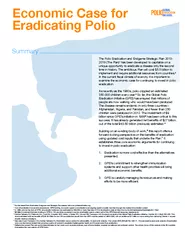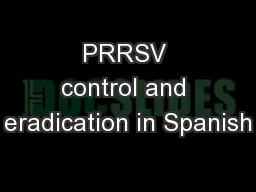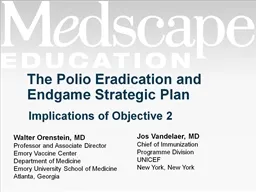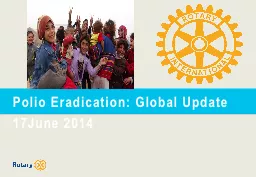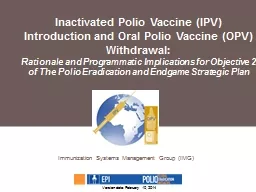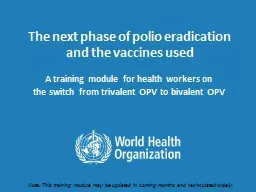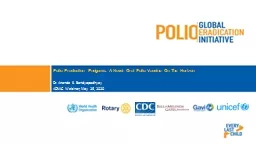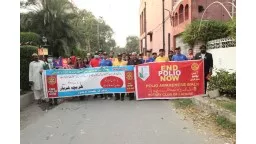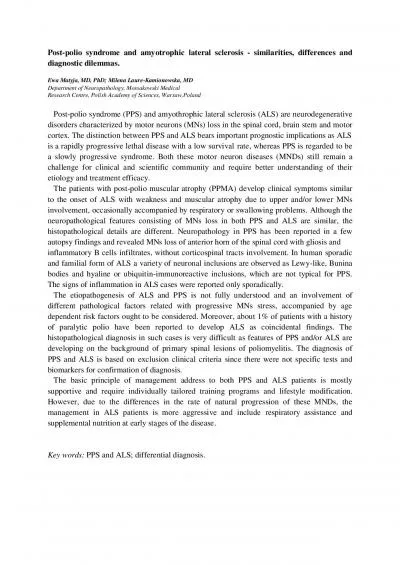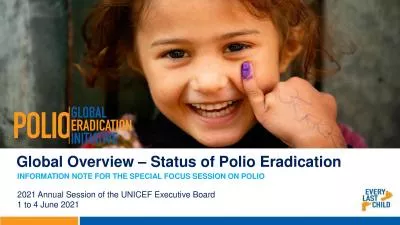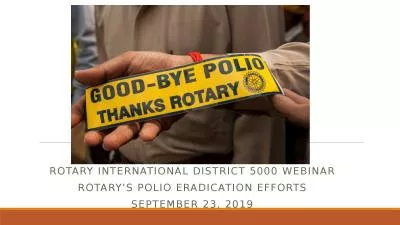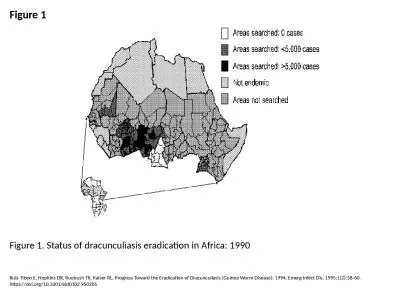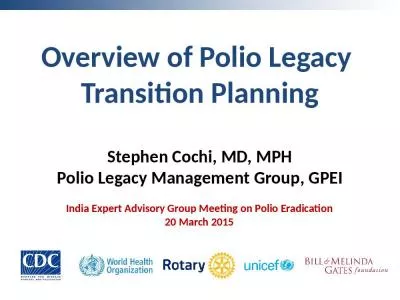PDF-Summary The Polio Eradication and Endgame Strategic Pl
Author : mitsue-stanley | Published Date : 2015-06-12
The ambitious Plan will cost 55 billion to implement and require additional resources from countries In the current 64257scal climate of scarcity it is important
Presentation Embed Code
Download Presentation
Download Presentation The PPT/PDF document "Summary The Polio Eradication and Endgam..." is the property of its rightful owner. Permission is granted to download and print the materials on this website for personal, non-commercial use only, and to display it on your personal computer provided you do not modify the materials and that you retain all copyright notices contained in the materials. By downloading content from our website, you accept the terms of this agreement.
Summary The Polio Eradication and Endgame Strategic Pl: Transcript
Download Rules Of Document
"Summary The Polio Eradication and Endgame Strategic Pl"The content belongs to its owner. You may download and print it for personal use, without modification, and keep all copyright notices. By downloading, you agree to these terms.
Related Documents

